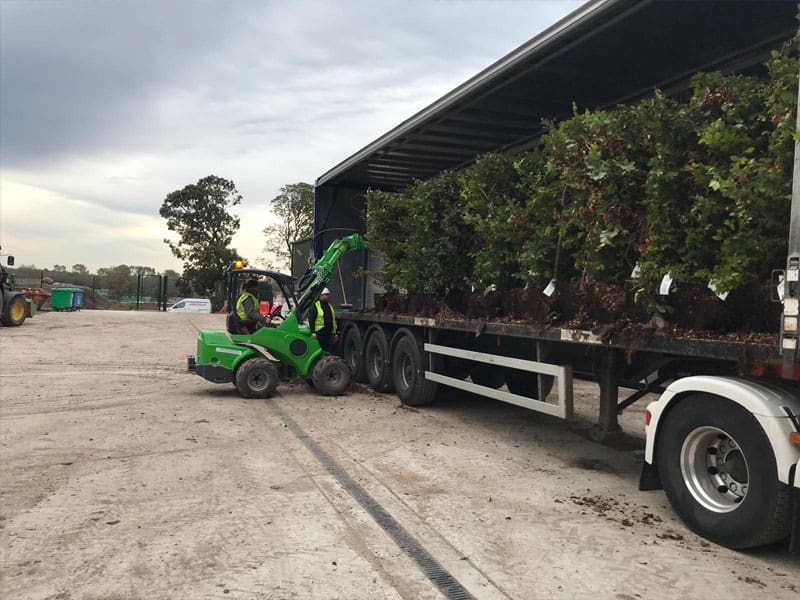
Hortlands Nursery provide comprehensive hedge planting services which includes supply, delivery, installation, and maintenance for a stunning outdoor space. Achieving the perfect hedge requires more than just green thumbs; it demands expertise, the right tools, and quality hedge planting services.
Our team of experts are highly trained in handling hedges of all sizes and varieties which means we are capable of tackling projects of any scale.
Hortlands Nursery stock a wide range of hedging plants and instant hedging elements at our nursery in Buckinghamshire. Browse our large supply of premium hedges.
Establish the Ideal Location: We begin by carefully selecting the optimal location for your hedge and ensure the soil type and position is correct for the proposed hedge.
Prepare for Planting: Excavate a planting pit slightly larger than the root structure of the hedge, ensuring the bottom of the pit is free draining and de-compacted.
Gentle Placement: With utmost care, we lower the hedge into the planting pit whilst taking precautions to avoid any harm to the plant during the process.
Soil Enrichment: We enhance the soil by mixing a hedge and shrub compost with the subsoil dug from the planting pit, backfill the mixture around the root structure, ensuring that it covers the top of the roots / nursery line, lastly the soil is compacted around the roots ensuring the hedge is secure.
Installation: To finish the planting we install a run of drip line irrigation either side of the hedge stems, cover the pipe with a layer of mulch, and connect the pipe to an automatic timer for consistent and efficient watering.
Client Handover: Armed with all the information needed we hand the care of the hedge over to you. Our support doesn’t end there as we offer unlimited phone and email assistance.
Optional Aftercare: For an additional fee, we offer you exceptional aftercare services to ensure the long-term health and vitality of the hedge.
Investing in professional hedge planting services is a smart choice for anyone looking to enhance their landscapes aesthetic or provide privacy. Contact us today for hedge planting services and lets get started on your journey to a more beautiful landscape.
Take a look at our portfolio of projects to see what we’ve gotten up to here